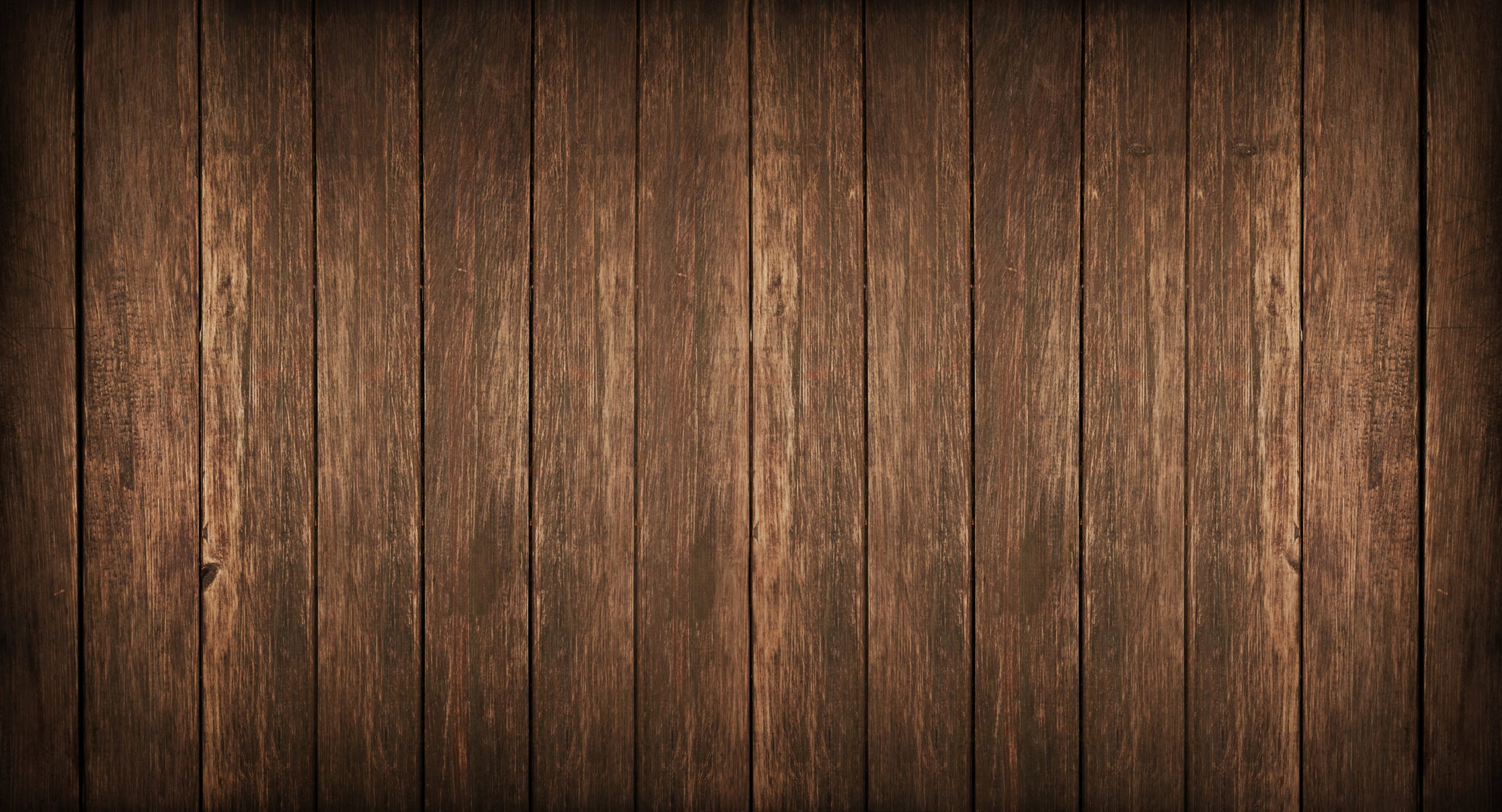If you have wood paneling in your home, it will be important to ensure that you understand the appropriate steps that will aid in painting wood paneling. This will help to guarantee that you will be able to make any changes you desire for your home. The right steps will go a long way toward enhancing the overall quality of your finished product. Our experts at Allied Painters can help to ensure that your wood paneling is painted correctly, and you can obtain the best appearance for your property.
Inspect the Wood

Before you paint the area, you will want to ensure that you take some time to examine and inspect your wood paneling. There are multiple ways the wood paneling may have been installed. If it is bolted extremely securely to the wall, you will have to paint over the wood paneling. Trying to remove the paneling can easily cause damage to your underlying wall. If the wood paneling hasn’t been too securely installed, you may be able to remove the paneling and paint the wall normally.
Prep the Paneling
Prep is always important in a painting project. When you properly prepare the area, you will extend the longevity of your paint job and ensure a better finished product. This also prevents accidents and substantial damage from impacting the other fixtures in your area. Cover the crown molding, furniture, and baseboards with plastic sheeting and tape. This will help to prevent stains and damage to your property.
Wash the Area
Another important part of preparation is to ensure that you thoroughly wash the area before you begin the actual painting portion of your project. When you wash the area, you will be able to remove grime or any other particles that will prevent the paint job from adhering securely to the surface of your wood paneling. Degreasers or all-purpose cleaners can greatly help to ensure that the area is cleaned thoroughly. Once you have washed the area, you will need to allow it to dry completely before proceeding with your project.
Fill in Holes and Grooves
Spackle can be a convenient way to fill in holes prior to painting wood paneling. It is important to decide whether you want to keep the appearance of the grooves in the paneling or reduce their appearance. If you decide you don’t want the wall to keep the paneling appearance, you will need to ensure that you use the spackle to fill in the grooves. Before you do anything else, you will need to ensure that you allow all spackle to dry completely. Ensure that you fill in any holes during this step, as well.
Sanding
The surface will have to be carefully sanded to remove any alternative materials that are present on the surface of the wood paneling. Occasionally this will be another layer of material that may prevent paint from sticking to the wood. By sanding the surface, you will be able to remove this layer and ensure the paint job can be completed effectively.
Prime the Surface
Using a primer will help to ensure that your paint job is able to adhere securely to your wall. When applying the primer to the surface of your wood paneling, you will want to begin in the grooves located between the panels. Once you have covered this area, you can spread the complete surface with the primer. After the primer has dried, you can paint the wall.
Paint the Wall
After the primer has dried, you will be able to paint the area. It will be important to follow the same strategy that you used with a primer. Paint the grooves of the wood paneling, then paint the entire area. It may be necessary to paint more than one layer, depending on the type and quality of the paint that you choose.
If you follow these steps, you will be able to successfully paint your wood paneling. This can ensure a much better-finished appearance, as well as provides many additional benefits. A professional, like our team at Allied Painters, can help to ensure that your wood paneling paint job will greatly improve the appearance of your finished project. To learn more about painting wood paneling, contact us at Allied Painters today!

